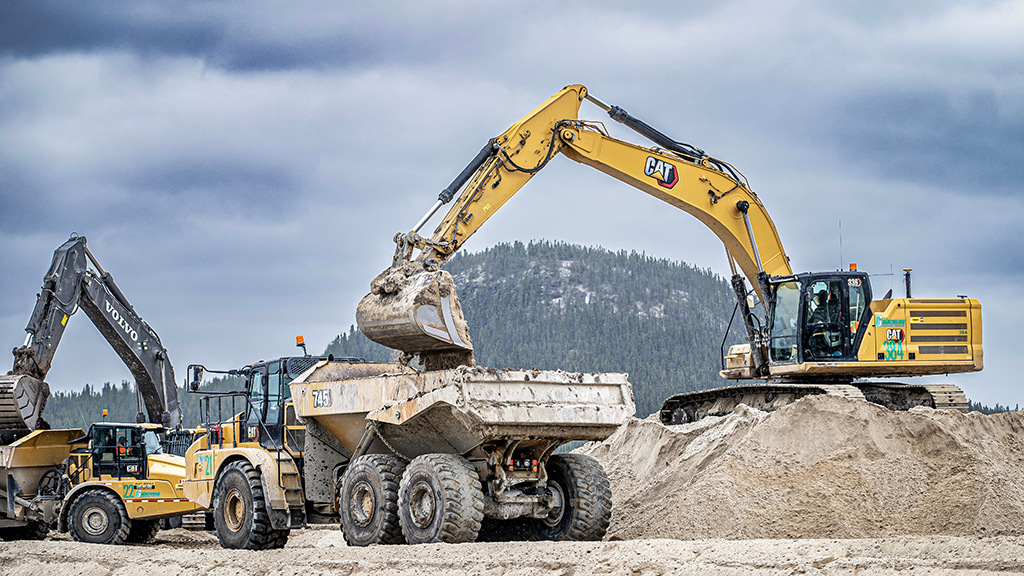OTTAWA — Closing the First Nations infrastructure gap could generate $635 billion in economic output over the next seven years, a new report commissioned by the Assembly of First Nations said.
The gap is the result of decades of underfunding and failed fiduciary duties that affect housing, roads, internet connectivity, water treatment plants, ports and schools that the AFN and Indigenous Services Canada say will become more expensive to remedy without immediate investments.
According to an April report from the Assembly of First Nations and Indigenous Services Canada, it will cost $349 billion to close the infrastructure gap by 2030, the year Prime Minister Justin Trudeau pledged to have the job done.
That report called for $135 billion for housing, $5 billion for digital connectivity and another $209 billion for other infrastructure for some 630 First Nations across the country.
The federal auditor general concluded earlier this year that the gap has only grown wider when it comes to housing.
The Conference Board of Canada report released on Tuesday builds upon that April report.
It concluded the money won’t just close the gap, but will also contribute $1.82 per dollar invested in economic output to Canada.
“For decades, First Nations have faced systemic underfunding and neglect of basic infrastructure that other people in Canada take for granted … This has led to deteriorating living conditions that hinder economic growth, limit access to essential services and perpetuate inequality in our beautiful country,” said Assembly of First Nations National Chief Cindy Woodhouse Nepinak.
“Investing in First Nations infrastructure isn’t just a moral and legal obligation, it’s a transformative economic opportunity for all Canadians. And Canadians, we ask you to walk with us, to support us as we try to make this country more equitable for all people, including First Nations.”
The report said the investment in First Nations infrastructure has the potential to generate $308 billion in gross domestic product over seven years, which could improve Canada’s annual GDP per capita growth standing in the G7 between 2023 and 2030.
It suggests nearly 338,300 full-time jobs could be created per year, with 91 per cent of those jobs held by non-First Nations people and 31,400 held by First Nations people.
Almost 40 per cent of jobs would be in the construction sector because of the dire need to built or repair schools, roads, community buildings and utility infrastructure. Those construction activities, the report says, would boost employment in other industries like retail and wholesale trade, accommodations and food services.
The report says targeted immigration is another “crucial strategy” for addressing a shortage of construction workers needed, and that by adjusting immigration policies to prioritize skilled tradespeople and similar workers, the government can fill the immediate labour gap.
“The investment in the infrastructure projects would have lasting benefits for First Nations, including enhanced educational attainment, improved health outcomes, increased tourism, enhanced entrepreneurship opportunities, and cultural preservation,” the report says.
“These advantages would benefit the entire country by boosting productivity, fostering business growth, and increasing workforce participation. Delays in closing the infrastructure gap will not only cause infrastructure costs to rise but will also prevent the realization of the economic benefits of this investment.”
Woodhouse Nepinak said the costs to close the infrastructure gap by 2040 instead of 2030 would balloon to $527 billion.
“We are calling on the federal government to make the investment a priority in the 2024 fall economic statement and the 2025 federal budget,” she said.
“The government has the resources — $370 billion has already been committed to the military industry alone. What’s what’s needed now is the will to act.”
The report says the economic benefits go far beyond its immediate predictions, and that broader economic impacts will be studied later, including the construction of all-season roads that could transport critical minerals.
“These are not abstract numbers. They represent real opportunities for families, businesses and communities,” Woodhouse Nepinak said.
©2024 The Canadian Press







Recent Comments
comments for this post are closed